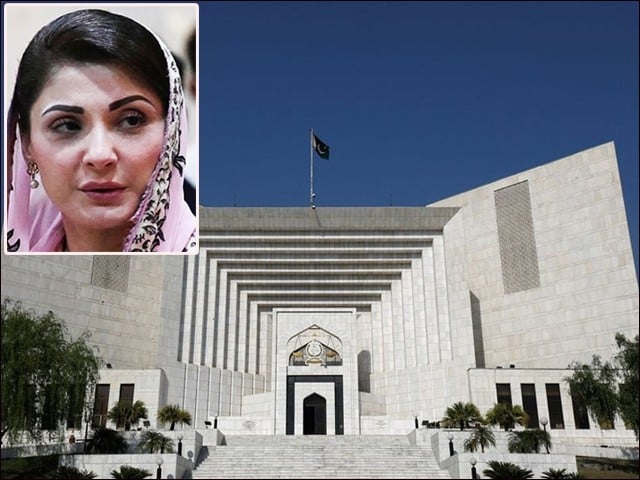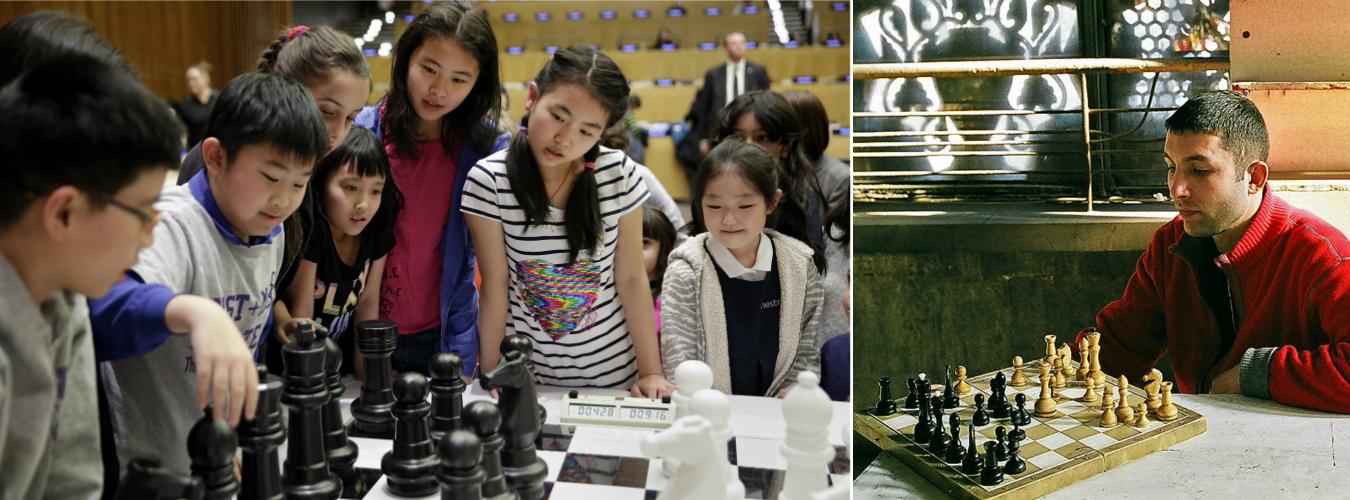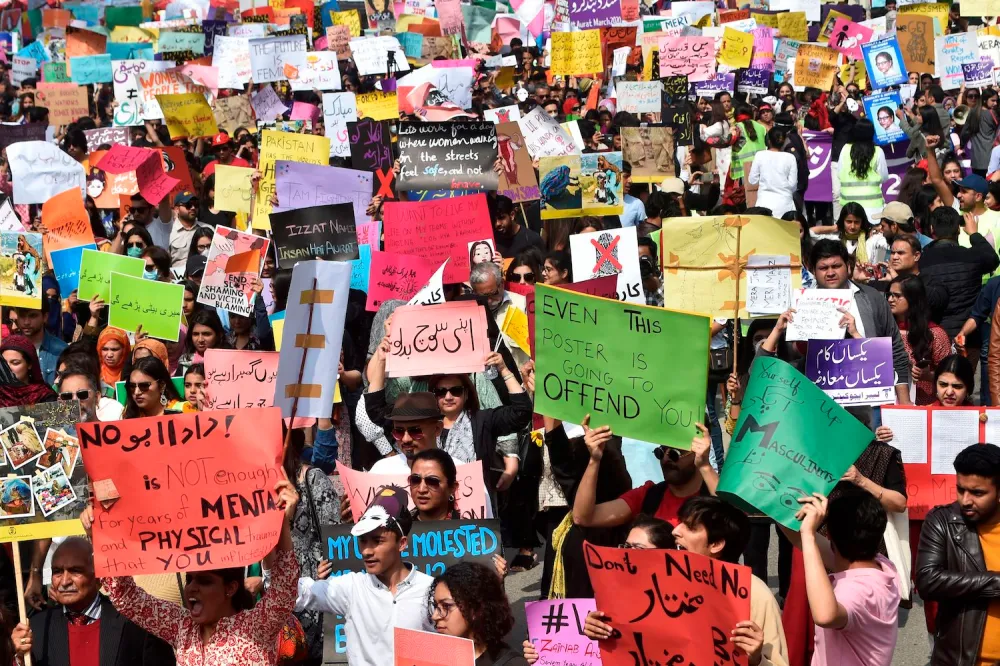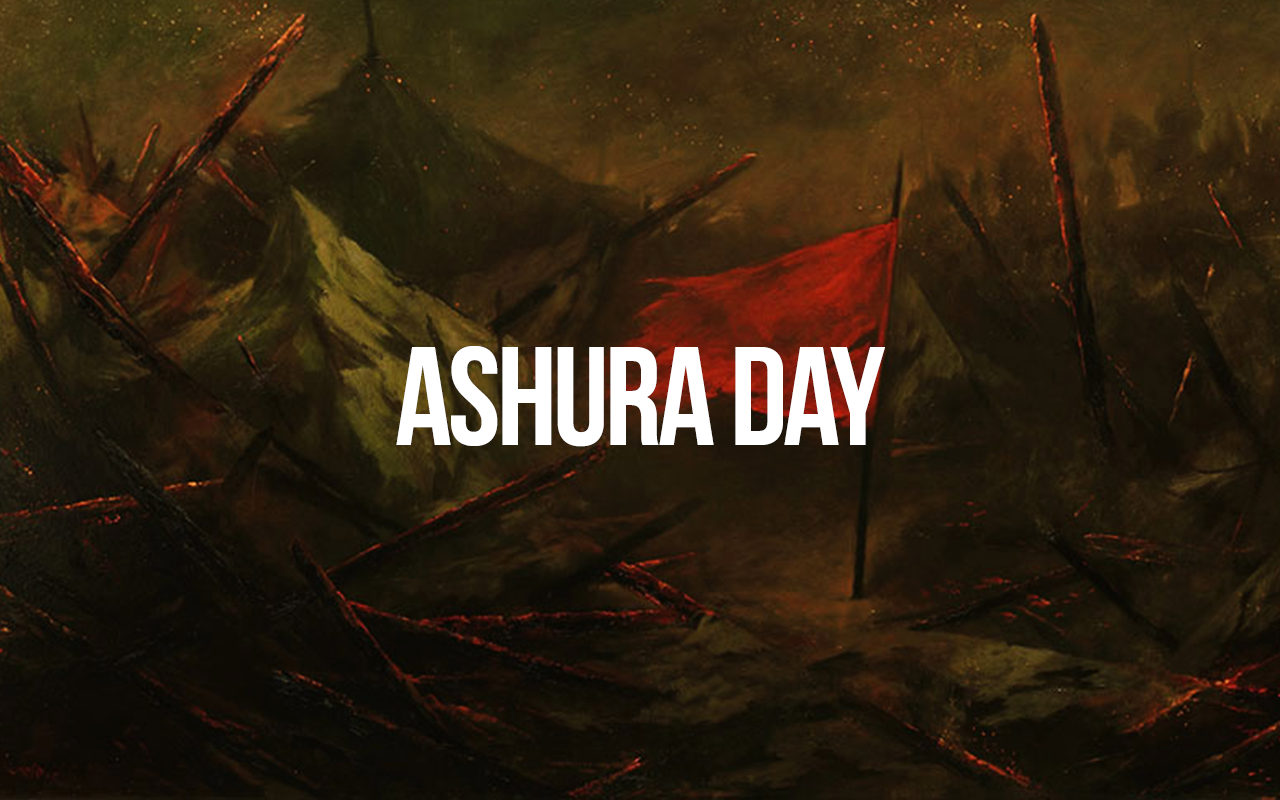Ahmed Naveed
UNESCO first adopted 21 March as World Poetry Day during its 30th General Conference in Paris in 1999 to support linguistic diversity through poetic expression and increase the opportunity for endangered languages to be heard. World Poetry Day is the occasion to honour poets, revive oral traditions of poetry recitals, promote poetry’s reading, writing and teaching, foster the convergence between poetry and other arts such as theatre, dance, music and painting, and raise the visibility of poetry in the media. As poetry continues to bring people together across continents, all are invited to join in.
Poetry is a flow of expression aesthetically. The fundamental objective of poetry is a spontaneous flow of the expression, “Arranged in words, coloured with images, struck with the right meter, the power of poetry has no match. As an intimate form of expression that opens doors to others, poetry enriches the dialogue that catalyzes all human progress and is more necessary than ever in turbulent times.”
Poetry is an aesthetical creation of the imagination. The rhythm of words is always supreme. It is a musicality of words. The lyricism is vital for the flow of poetic expression. It is the tranquil and spontaneous flow of human emotions expressed arranged and organized way. Over the years, poetry has been the best expression for describing the human face.
Poetry evokes a concentrated imaginative awareness of experience or a specific emotional response through language chosen and arranged for its meaning, sound, and rhythm. The poetic expression is divine and sublime. The diction is an anthology of aesthetics. It concludes that brevity is the soul of wit.
Poetry is a vast subject, as old as history and older, present wherever religion is present, possibly—under some definitions—the primal and primary form of languages themselves. The present article means only to describe it as general as possible confident properties of poetry and poetic thought regarded as independent modes of the mind in some sense. Naturally, not every tradition nor every local or individual variation can be—or need be—included, but the article illustrates examples of poetry ranging between nursery rhyme and epic. This article considers the difficulty or impossibility of defining poetry; man’s nevertheless familiar acquaintance with it; the differences between poetry and prose; the idea of form in poetry; poetry as a mode of thought; and what little may be said in prose of the spirit of poetry.
Forms of Poetry
a) Sonnet: A sonnet is a one-stanza poem of fourth lines written in iambic pentameter. One way to describe a verse line is to talk about how many stressed and unstressed syllables are in the queue. A foot is a simple grouping of syllables, some stressed and some unstressed. The iambic foot is an unstressed syllable followed by a stressed syllable. Pentameter means there are five feet in the line. ” Iambic and Pentameter” means a sequence of ten syllables, which alternates unstressed and stressed syllables according to the iambic rhythm.
(b) Ode: Ode means a musical poem. This poem has a complex structure and language of good quality that is meant to be sung. The word ode is of Greek origin and is derived from the word “ode”.
(c) Lyrics: Lyrics are words that make up a song, usually consisting of verses and choruses. The writer of the lyrics is a lyricist. The words of an extended musical composition such as an opera are usually known as a “libretto” and their writer as a “librettist”. The meaning of lyrics can either be explicit or implicit. Some lyrics are abstract, almost unintelligible, and, in such cases, their explication emphasizes form articulation, meter and symmetry of expression.
(d) Ballad: A ballad is a form of verse, often a narrative set to music. Ballads derive from the medieval French chanson balladeer or ballade, which were original dancing songs. Ballads are particular characteristics of popular poetry and some of the British Isles from the later mediaeval period until the 19th century and used extensively across Europe and the Americas, Australia and North Africa. Many ballads were written and sold as single-sheet broadsides. Poets and composers often used the form from the 18th century onwards to produce lyrical ballads. In the later 19th century, it took on the meaning of a slow form of popular love song and the term is now often used as synonymous with a love song, mainly the pop or rock power ballad.
(c) Epic: An epic is a lengthy narrative poem, ordinarily concerning a serious subject containing details of heroic deeds and events significant to a culture or nation. Oral poetry may qualify as an epic, and Albert Lord and Milman Parry have argued that classical epics were fundamentally an oral poetic form. Another type of epic poetry is epyllion (plural: epyllia), a brief narrative poem with a romantic or mythological theme. The term, which means “little epic”, came into use in the 19th century. It refers primarily to the erudite, shorter hexameter poems of the Hellenistic period and the similar works composed in Rome from the age of the neoterics; to a lesser degree, the term includes some poems of the English Renaissance, particularly those influenced by Ovid.
(f) Lullaby: A lullaby is a soothing piece of music, usually played or sung to young children before they go to sleep, intending to aid that process. As a result, the music could be more complex and varied. Lullabies can be found in many countries and have existed since ancient times.
(g) Dirge: A dirge is some song or lament expressing mourning or grief, such as appropriate for performance at a funeral. The English word dirge is derived from the Latin Dirige.
(h) Elegy: In literature, an elegy is a mournful, melancholic or plaintive poem, especially a funeral song or a lament for the dead.
(i) Nonsense: Nonsense is communication via speech, writing, or any other symbolic system lacking coherent meaning. Sometimes in ordinary usage, nonsense is synonymous with absurdity or the ridiculous. Many poets, novelists and songwriters have used nonsense in their works, often creating entire works using it for reasons ranging from pure comic, amusement or satire to illustrating a point about language or reasoning. In the philosophy of language and philosophy of science, nonsense is distinguished from sense or meaningfulness, and attempts have been made to develop a coherent and consistent method of determining sense from nonsense. It is also an important field of study in cryptography regarding or separating a signal from noise.
(j) Pastoral: A pastoral lifestyle is that of shepherds, herding livestock around open areas of land according to seasons and the changing availability of water and pastorage. It lends its name to a literature, art and music genre that romantically depicts such life, typically for urban audiences. A pastoral is a work of this genre. A pastoral is a work of art that deals with rurality or a work of art in a rural setting.
(k) Panegyric: A panegyric is a formal public speech or written verse delivered in high praise of a person or thing, a generally highly studied and discriminating eulogy, not expected to be critical. In Athens, such speeches were delivered at national festivals or games, with the object of rousing the citizens to emulate the glorious deeds of their ancestors.
Poetry is the sublime expression of human feelings.
The literature of Pakistan transcends it to the levels of spirituality. It has been the best expression coupled with lyrical music in the socio-cultural domains in Pakistan. The musicality of the words is the hallmark of poetry. It is the flow of emotions expressed in tranquility. The romantic culture of the subcontinent required the expression of poetry to convey the emotional standards of thought, experience and substance. Poetry is unique in Pakistan as the imagination travels from romanticism to spiritualism. It is divine as the qur’anic expression of the epical sublimity accentuates it. It is part of our aesthetic code and the best expression of our existence. The international day of poetry reminds readers of the aesthetical revival of poetry. Pakistan has an anthology of languages; therefore, it is significant that all languages are promoted. Poetry in Urdu and Punjabi has been very close to the respective communities in Pakistan. Furthermore, the day urges the communities to develop regional and national poetry culture to provide poetic justice to the aesthetical pleasure of humans.

















































